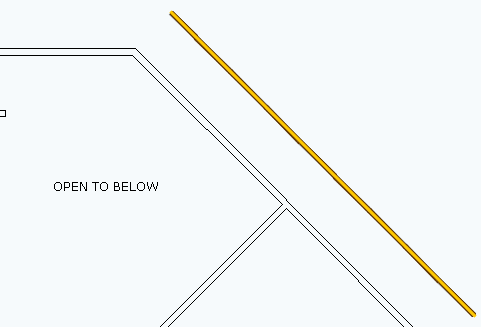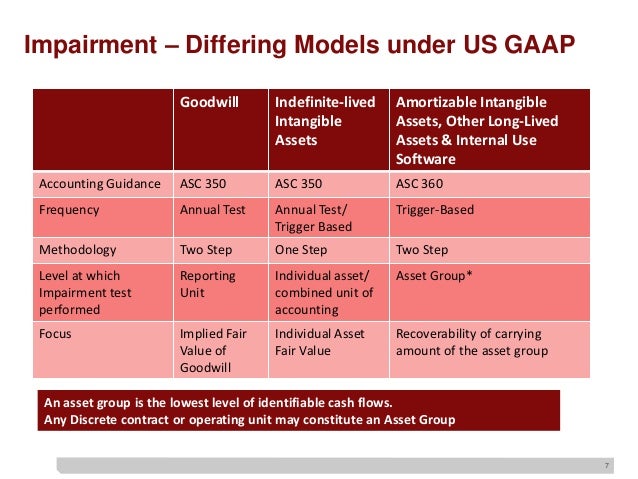

The ATO cannot pay cash flow boost for a tax period if the BAS for that period is not lodged within 2 years of its due date. The law imposes time limits on the crediting of cash flow boosts amounts.

When you lodge your June 2020 activity statement you will receive both initial and additional cash flow boosts as credits. The initial cash flow boosts will be delivered as credits in the activity statement system when you lodge your activity statements for each monthly or quarterly period from March to June 2020. Initial cash flow boostĬash flow boosts will be delivered initially when you lodge your activity statements for each monthly or quarterly period from March to June 2020, and additionally from June to September 2020. To receive the boosts, you must lodge the activity statement for your other obligations (such as GST).įor more information, see What you need to know.

If your business is a large withholder for PAYG withholding purposes, you should continue to pay your PAYG withholding to us as normal. To receive the boosts, you must lodge your activity statement for PAYG withholding. These three steps will work every time, as they ensure that the Cash Flow Statement and Balance Sheet are connected properly.How to receive initial and additional cash flow boosts, including timing and amounts. That might be fine, but you’ll need to offset the increase in assets (perhaps with a cash outflow under Investing Activities on the Cash Flow Statement). For example, maybe you’ve assumed that Other Long-Term Assets grow as a percentage of sales. It must mean there is at least one line on the Balance Sheet that is moving period to period without a corresponding Cash Flow Statement change or an offsetting Balance Sheet change. If the Balance Sheet still doesn’t balance after step 2, it can only mean one thing.
And so on and so forth, keep going through every line of the Cash Flow Statement until you’re done. Working capital changes would affect the various accounts (make sure the signs / direction of cash flow is correct). A Deferred Tax Expense add-back would either increase Deferred Tax Liabilities or decrease Deferred Tax Assets. Depreciation would decrease Property, Plant & Equipment. Net Income would increase Retained Earnings (or decrease it if Net Income is negative). Starting at the top of the Operating Activities section: Go down the Cash Flow Statement line by line (Operating, Investing and Financing activities) and ensure that the Balance Sheet is picking that item up in an account other than cash (assets, liabilities or equity), in the right amount and the right direction. This is quick to check and may solve the issue right away (for example, people often forget to include Current Assets in the Total Assets summation). Here are the steps to troubleshoot that imbalanced Balance Sheet, in order:Ĭheck all your totals on the Balance Sheet to make sure no lines are being omitted. If one or more of those movements are inconsistent or missing between the Cash Flow Statement and the Balance Sheet, then the Balance Sheet won’t balance. The net of all those changes is the change in Cash & Equivalents which drives the ending Cash on the Cash Flow Statement (and therefore the Balance Sheet). Simply put, all the items on the Cash Flow Statement need to have an impact on the Balance Sheet – on assets other than cash, liabilities or equity. Getting a Balance Sheet to balance is easy when you realize there is one account that makes it balance – the Cash & Equivalents account. This will definitely get it to balance, but you won’t know where you went wrong. enter hardcodes across one row of the Balance Sheet for each year that doesn’t balance).Īnswer 2: Wire the balance sheet so that it always balances by making Retained Earnings equal to Total Assets less Total Liabilities less all other equity accounts. The balance sheet doesn’t balance, every year by a different amount, and of course the imbalances have a million decimals!!!Īnswer 1: “Plug” the balance sheet (i.e. You link the final cells, build the final totals…and…OH NO!!!. Now comes the pièce de résistance – it’s time to get the balance sheet built and bring the model across the finish line. Have you ever been there? It’s late at night, you’ve been slugging away at your model for days. #Using offset to move cashflows how to
My Balance Sheet Doesn’t Balance: How to Balance Your Balance Sheet in 3 Easy Steps







 0 kommentar(er)
0 kommentar(er)
